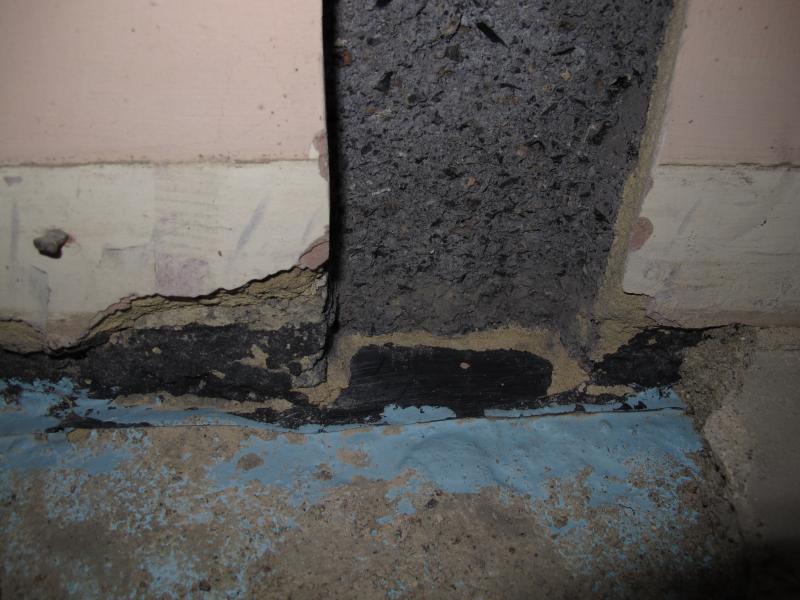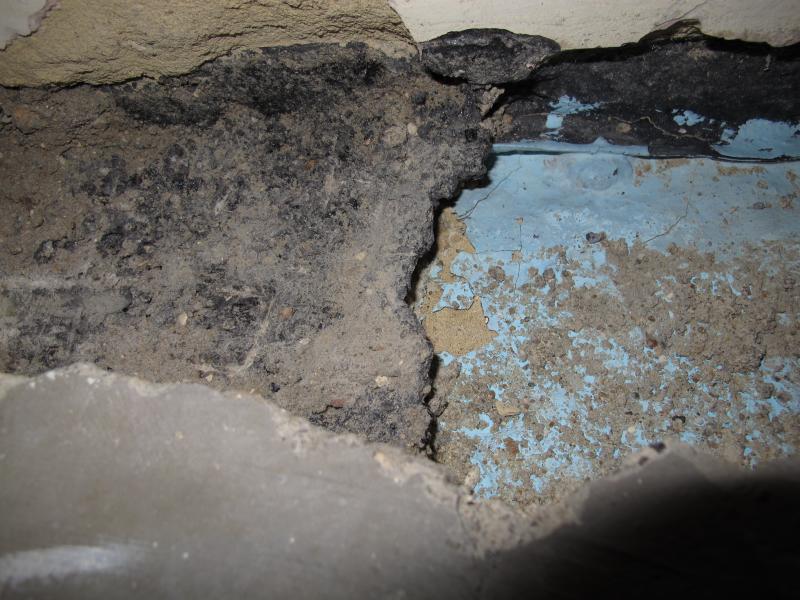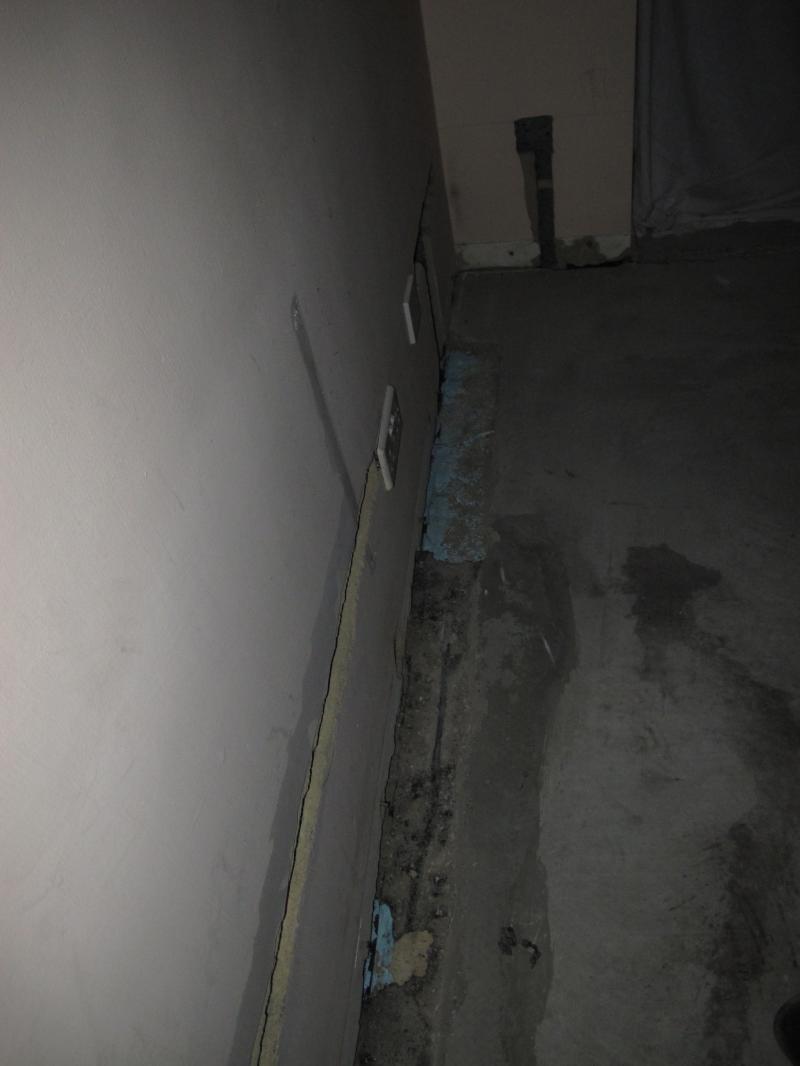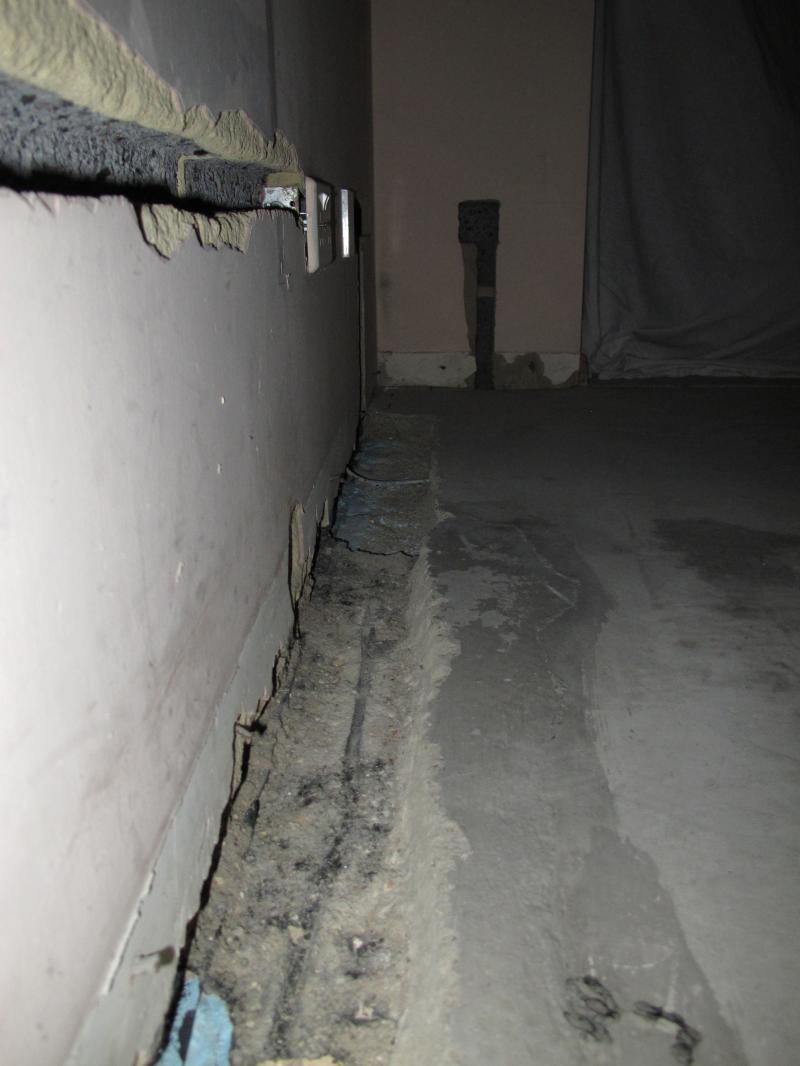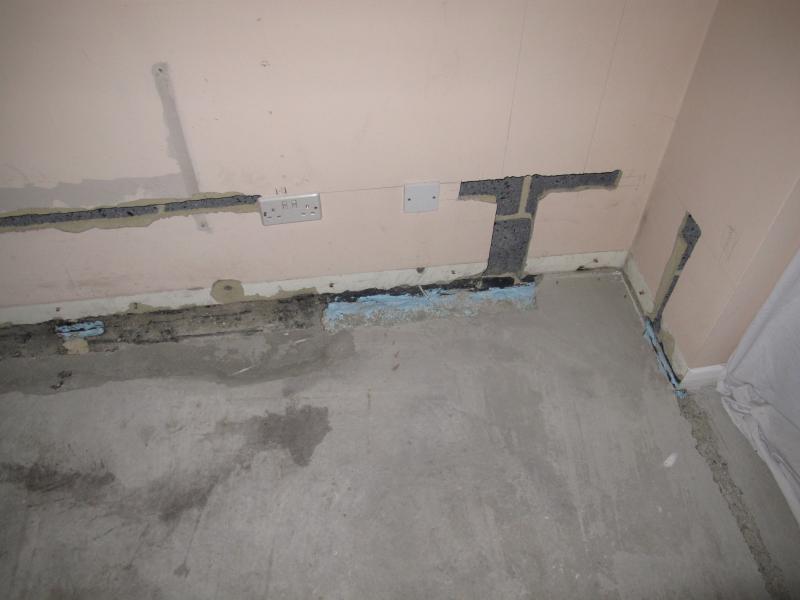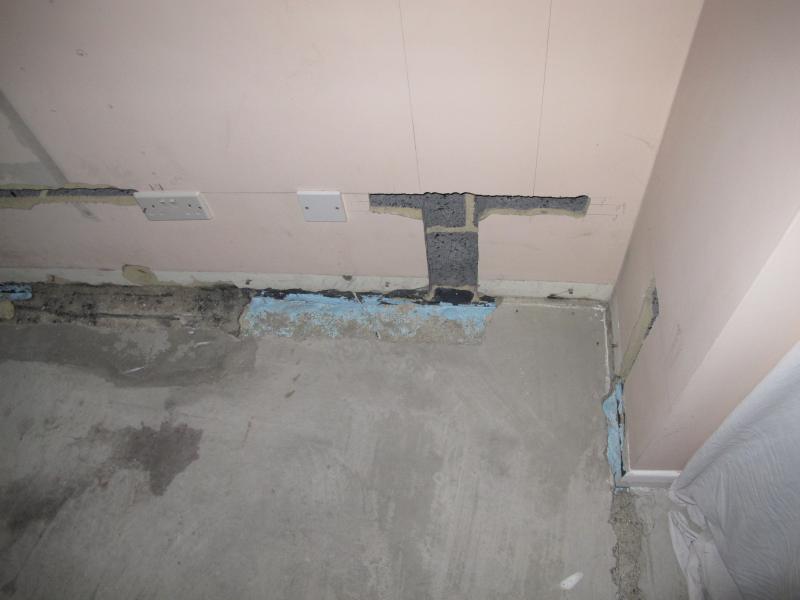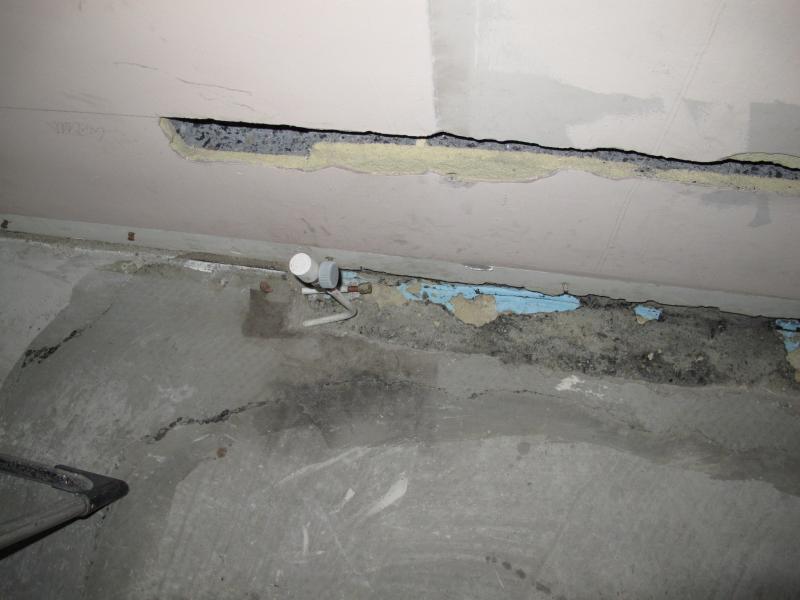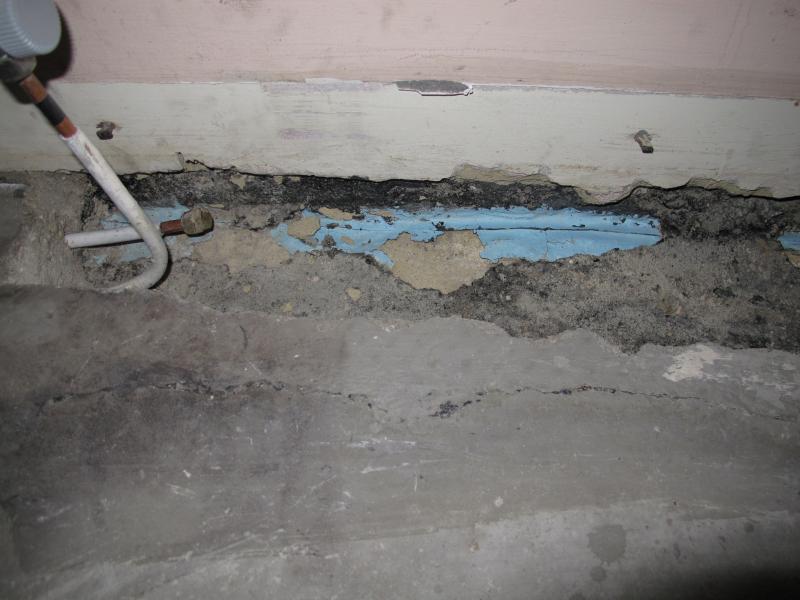Hi - I've doing some cabling and pipe work in the living room and have dug a channel where the concrete floor meets the wall. I noticed that the concrete sits on a a thin blue layer of light blue paint, a bit like the colour of the walls in swimming pools. The bricks of the wall sits on top a black membrane (I assume that's the damp proof course). The blue layer is on the level just under the membrane. I found some central heating pipes there as well which were surrounded by some black almost sticky layer which sits just on top of the blue layer.
I have a few questions now:
1. What is this blue layer?
2. In a few places the blue layer has been damaged; what can I do to resort it?
3. To feed the pipes/cables from the floor into the wall I would need to dig out some of the blue layer, the sticky layer and in some areas even the black membrane; is this a good idea? what do I need to do to restore the various layers?
Any feedback greatly appreciated
Cheers
Michael
I have a few questions now:
1. What is this blue layer?
2. In a few places the blue layer has been damaged; what can I do to resort it?
3. To feed the pipes/cables from the floor into the wall I would need to dig out some of the blue layer, the sticky layer and in some areas even the black membrane; is this a good idea? what do I need to do to restore the various layers?
Any feedback greatly appreciated
Cheers
Michael


